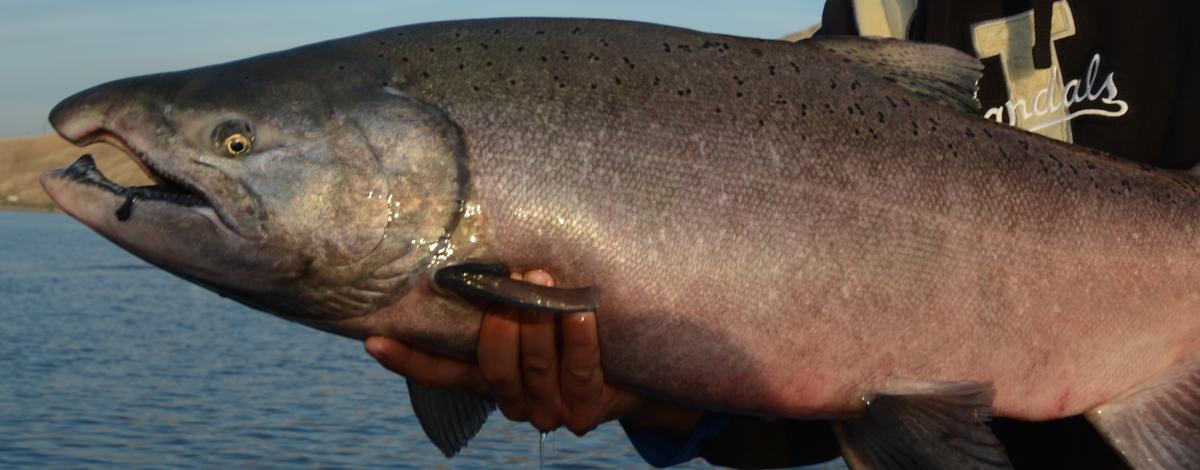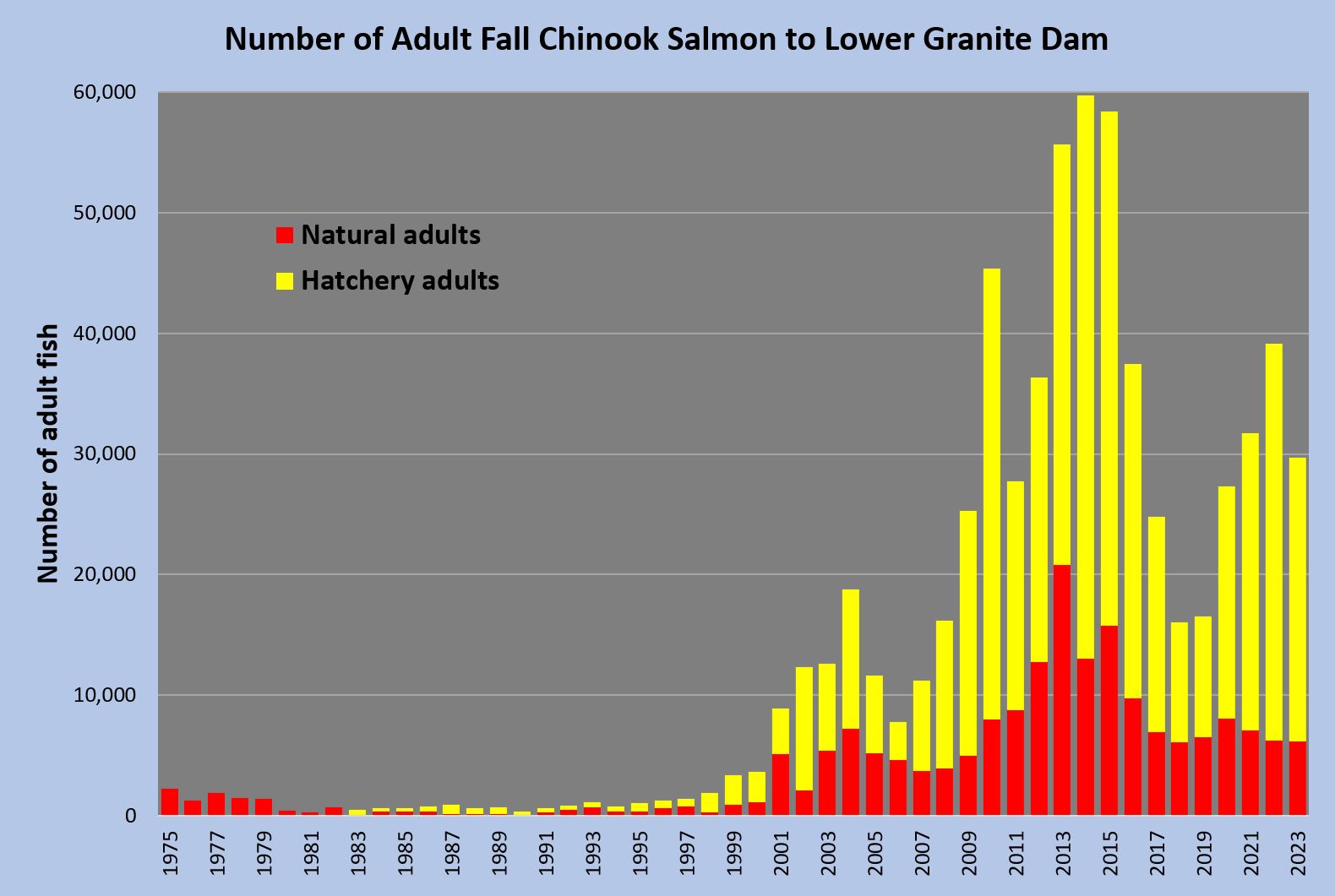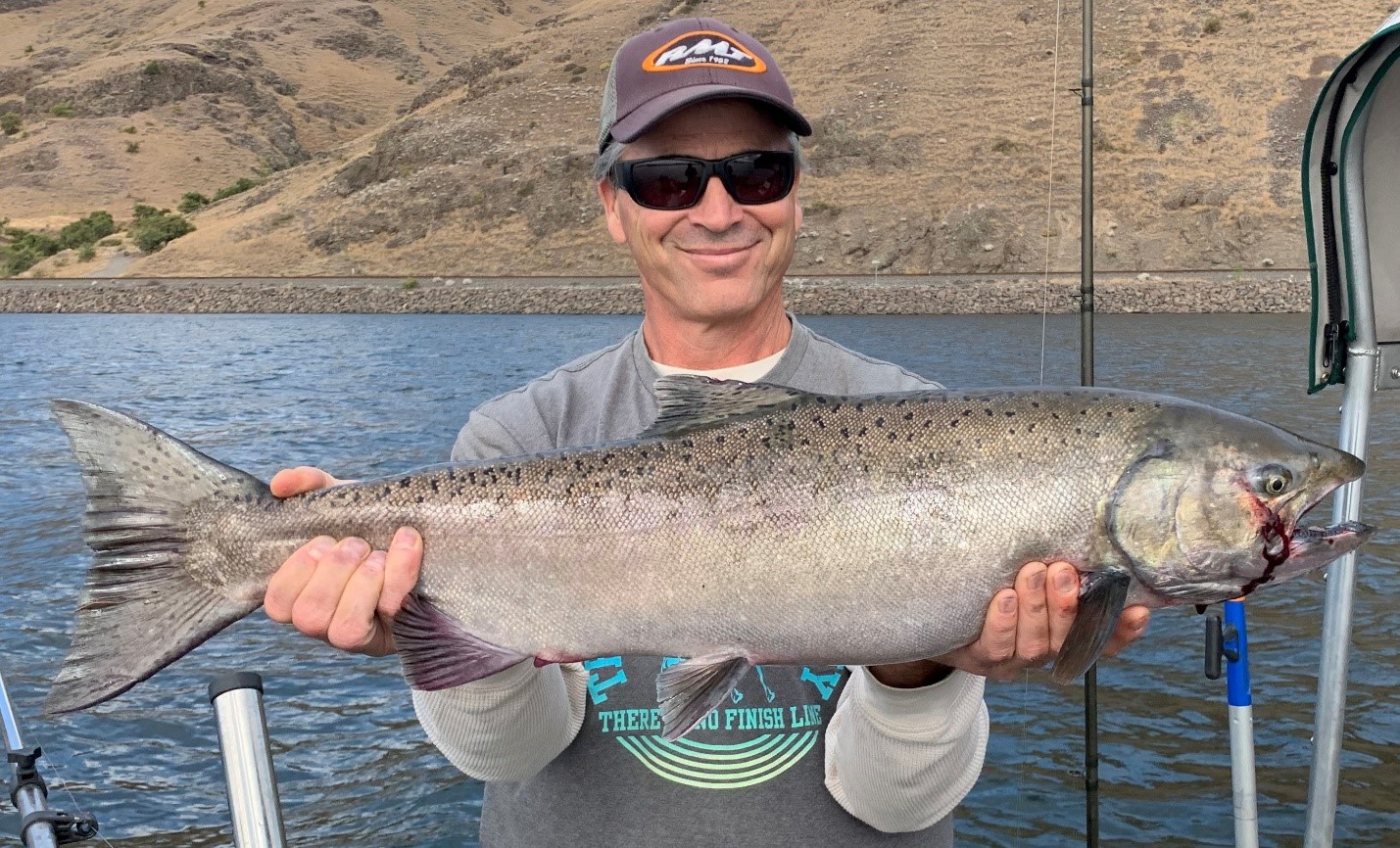Idaho’s fall Chinook Salmon season opened on August 18, so I figured I better put out an update to let people know what is going on with this fishery. In this update, I will try to answer the questions people have been asking most frequently including what is the run looking like, what percent of the run is being trapping at Lower Granite Dam for broodstock, and what fishing regulations do anglers need to follow when they have both an Idaho and Washington fishing license and fish the boundary waters and/or both states during the same day.
Run Status
Fall Chinook “officially” started passing over Lower Granite Dam on August 18, which means we don’t have a lot to go on to evaluate how this year’s return is progressing. However, I have provided the figure below that shows how the 2023 preseason forecast (bars furthest to right) compares to previous year’s returns. If this year’s forecast is accurate (they have been on the low side in recent years), we would see a similar return as the previous three years which provided fisheries that lasted through the entire season. The good counts at Bonneville Dam suggest that this preseason forecast may be on the low side once again.





